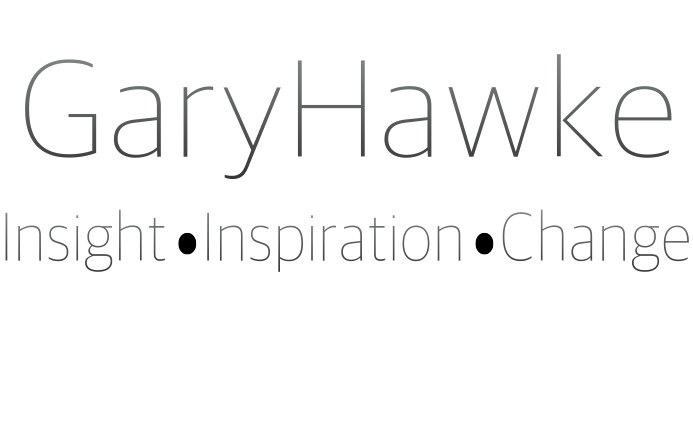Investigation into Change
 If as it has been proposed by the philosophers Ken Wilber and Roy Bhaskar, a human being can be seen to inhabit four dimensions:
If as it has been proposed by the philosophers Ken Wilber and Roy Bhaskar, a human being can be seen to inhabit four dimensions:
Intra – subjectivity,
Inter – subjectivity,
Transactions with nature,
Transactions with social systems,
with each dimension being interlinked, then to only focus on change in one dimension, leads not to well-being, but leads to in-balance. Therefore for real change to take place, it must be a multi-dimensional process.
If an organisation is looking to change something within its organisational structure, this is going to effect change for the staff at the level of transaction with social systems. However, if we only deal with this dimension, we are not taking into consideration how that change is going to have a change effect on the organisational culture or the inter-subjective relationships.
As each person is affected at the level of intra-subjectivity, or they feel a sense of dissonance about the change, they will experience this physically. We can just as easily remove organisational change and replace it with personal change; it will have the same multi-dimensional effect.
Therefore to ensure that the change has the best possible creative framework for success there is a need for a dialectical change process which allows space for all the dimensions of the human being to be included in our change initiative.
The four movements for a dialectic of change.
When working with people and organisations I have found that the application of the four movements allows for the greatest creative sweep for the building of a successful change strategy, the understanding about why change did not work, the best strategies for change, and the importance of reflection and refinement of the change process.
The first Movement, involves breaking down the change event into its component parts at each dimensional level. The aim is to fully understand the multi-dimensional nature of change, or Why does change need to take place?
The Second Movement, is to re-describe the reasons for change in such a way as to build up a theory about how change is to take place, along with exploring the explanations as to what in the past stopped change from taking place, and predicating what might stop change taking place in the future. The second movement begins when I, as the coach, inquire into: Who is the change agent? Here I ensure that I stay connected to the client as an agent for change existing within the four dimensions.
about how change is to take place, along with exploring the explanations as to what in the past stopped change from taking place, and predicating what might stop change taking place in the future. The second movement begins when I, as the coach, inquire into: Who is the change agent? Here I ensure that I stay connected to the client as an agent for change existing within the four dimensions.
The Third Movement is the elimination of explanations (excuses) that had an impact on the past reasons for change, or that created an immunity to change taking place. This movement creates the space to ask: How is change to take place?
The Fourth Movement is both an identification of the best change strategies and a correction of the strategies to ensure the most effective change process is taking place. Asking:
What are the best strategies for change?
Where can the space for reflection on and adaptions to the change strategy be found?
Why decided on a particular change intervention?
If I were to added the enactment model from Integral Theory, I would be able to offer a simple overview of the complexity of the four movements.
 The Subject (Who) is the person I am working with, seen within the four dimensions of being. The Object (What) is the change viewed through the multi-dimensional lens of what kind of change need to take place. The How is the Methods to be used both to explore Who and What. Why refers to the Theories created to inform, adapt, and refine the change intervention.
The Subject (Who) is the person I am working with, seen within the four dimensions of being. The Object (What) is the change viewed through the multi-dimensional lens of what kind of change need to take place. The How is the Methods to be used both to explore Who and What. Why refers to the Theories created to inform, adapt, and refine the change intervention.
When viewing a human being through the lens of the four dimensions of being and asking questions based on the inquiry of the four movements facilities insight into the best possible actions for change which leads to the creation of an inspirational drive to change. All this is made possible when we bring the philosophy of critical realism and the framework of Integral Theory together to create a powerful change initiative.
